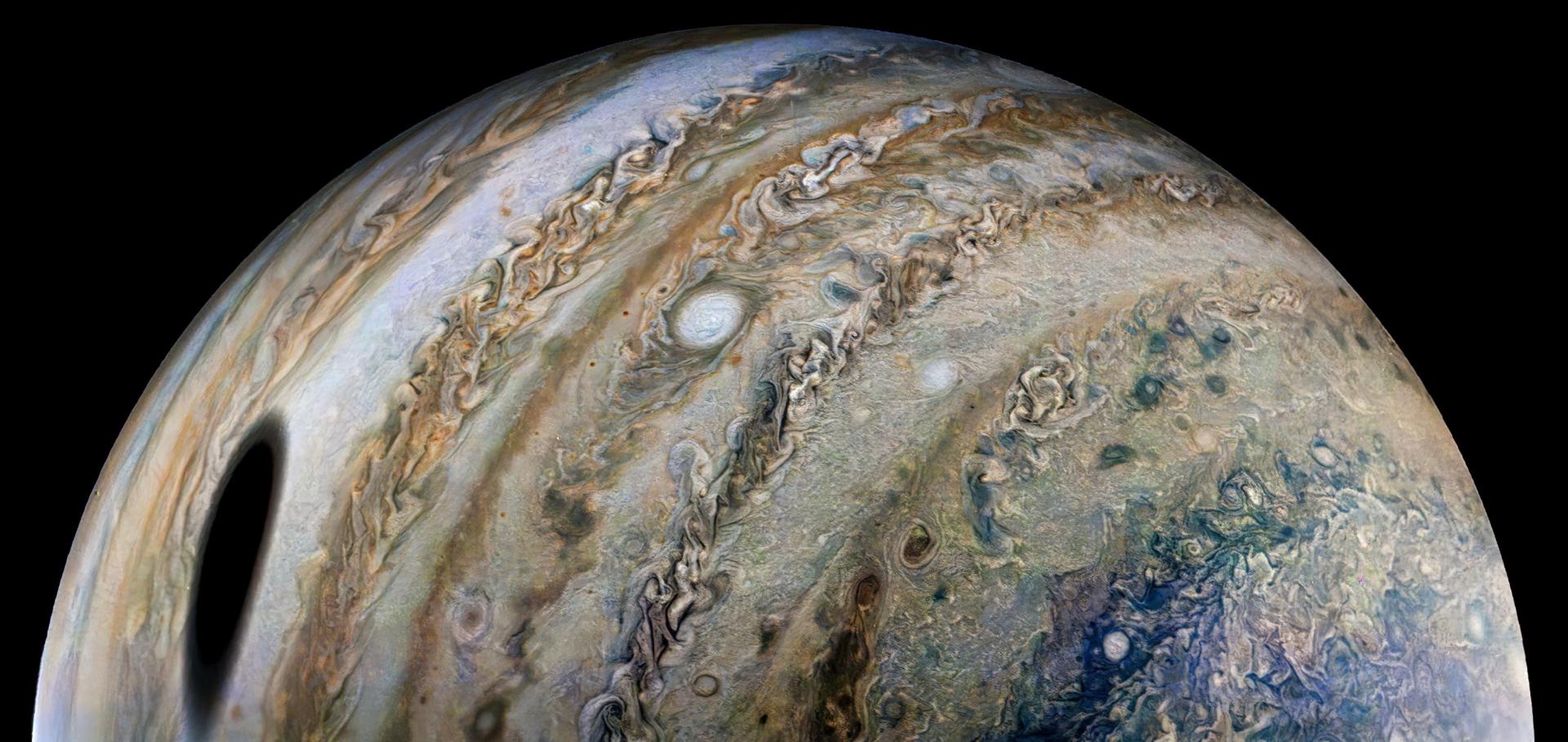Limits on the atmospheric metallicity and aerosols of the sub-Neptune GJ 3090 b from high-resolution CRIRES+ spectroscopy
Monthly Notices of the Royal Astronomical Society, Volume 538, Issue 4, pp.3263-3283
Abstract:
The sub-Neptune planets have no solar system analogues, and their low bulk densities suggest thick atmospheres containing degenerate quantities of volatiles and H/He, surrounding cores of unknown sizes. Measurements of their atmospheric composition can help break these degeneracies, but many previous studies at low spectral resolution have largely been hindered by clouds or hazes, returning muted spectra. Here, we present the first comprehensive study of a short-period sub-Neptune using ground-based, high-resolution spectroscopy, which is sensitive to the cores of spectral lines that can extend above potential high altitude aerosol layers. We observe four CRIRES+ K-band transits of the warm sub-Neptune GJ 3090 b (T eq = 693 ± 18 K) which orbits an M2V host star. Despite the high quality data and sensitivity to CH4, H2O, NH3, and H2S, we detect no molecular species. Injection-recovery tests are consistent with two degenerate scenarios. First, GJ 3090 b may host a highly metal-enriched atmosphere with > 150 Z ⊙ and mean molecular weight > 7.1 g mol −1, representing a volatile dominated envelope with a H/He mass fraction xH/He<33 per cent, and an unconstrained aerosol layer. Second, the data are consistent with a high altitude cloud or haze layer at pressures < 3.3 ×10−5 bar, for any metallicity. GJ 3090 b joins the growing evidence to suggest that high metallicity atmospheres and high altitude aerosol layers are common within the warm (500 < Teq < 800 K) sub-Neptune population. We discuss the observational challenges posed by the M-dwarf host star, and suggest observing strategies for transmission spectroscopy of challenging targets around M-dwarfs for existing and ELT instrumentation.
Into the red: an M-band study of the chemistry and rotation of β Pictoris b at high spectral resolution
Monthly Notices of the Royal Astronomical Society, Volume 531, Issue 2, pp.2356-2378
Abstract:
High-resolution cross-correlation spectroscopy (HRCCS) combined with adaptive optics has been enormously successful in advancing our knowledge of exoplanet atmospheres, from chemistry to rotation and atmospheric dynamics. This powerful technique now drives major science cases for ELT instrumentation including METIS/ELT, GMTNIRS/GMT, and MICHI/TMT, targeting biosignatures on rocky planets at 3-5 μm, but remains untested beyond 3.5 μm where the sky thermal background begins to provide the dominant contribution to the noise. We present 3.51-5.21 μm M-band CRIRES+/VLT observations of the archetypal young directly imaged gas giant β Pictoris b, detecting CO absorption at S/N = 6.6 at 4.73 μm and H2O at S/N = 5.7, and thus extending the use of HRCCS into the thermal background noise dominated infrared. Using this novel spectral range to search for more diverse chemistry, we report marginal evidence of SiO at S/N = 4.3, potentially indicative that previously proposed magnesium-silicate clouds in the atmosphere are either patchy, transparent at M-band wavelengths, or possibly absent on the planetary hemisphere observed. The molecular detections are rotationally broadened by the spin of β Pic b, and we infer a planetary rotation velocity of vsin(i) = 22 ± 2 km s-1 from the cross-correlation with the H2O model template, consistent with previous K-band studies. We discuss the observational challenges posed by the thermal background and telluric contamination in the M-band, the custom analysis procedures required to mitigate these issues, and the opportunities to exploit this new infrared window for HRCCS using existing and next-generation instrumentation.

